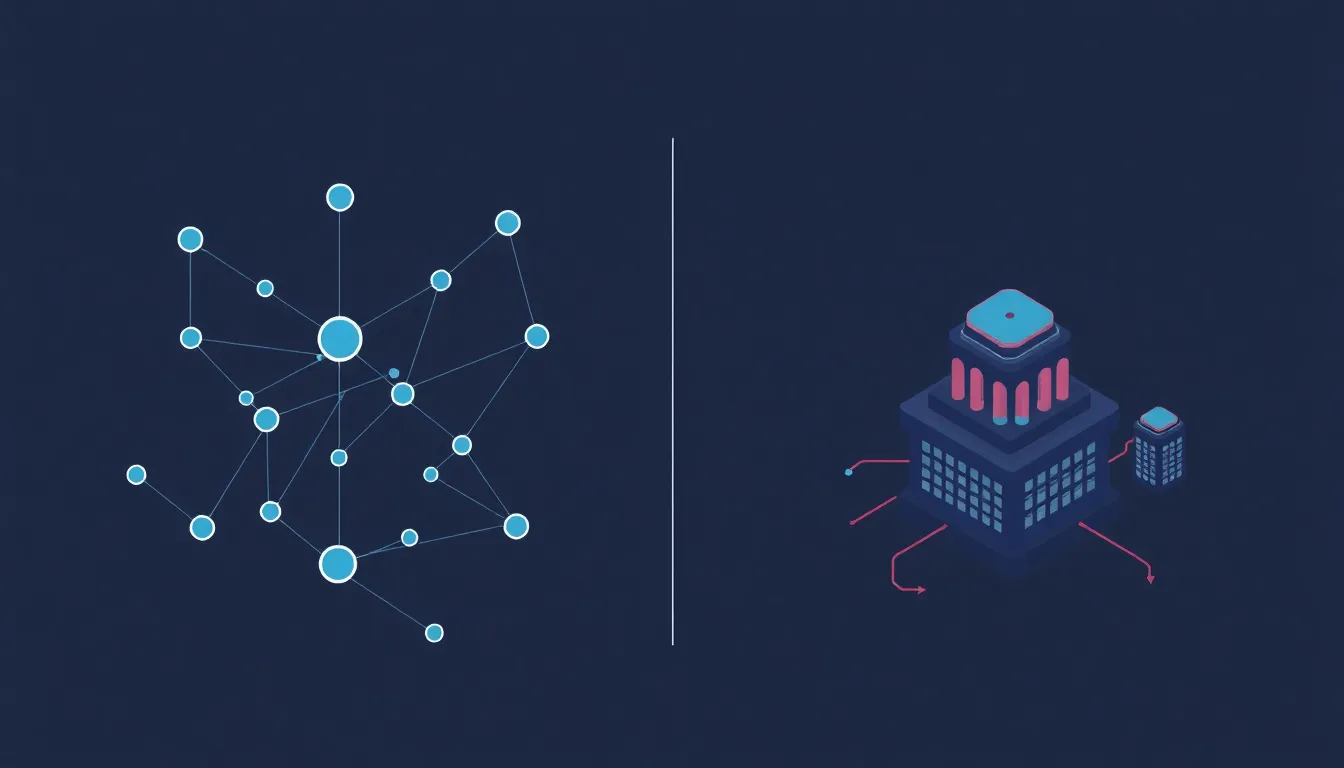Table of Contents
ToggleIn the ever-evolving world of cryptocurrency, Solana has emerged as a hot topic, sparking debates that could fuel an entire season of a reality TV show. Is this blockchain the golden child of decentralization, or is it just a well-dressed centralization in disguise? With transaction speeds that would make a cheetah blush, Solana’s allure is undeniable, but its structure raises eyebrows.
Understanding Solana
Solana has gained attention for its unique approach to blockchain technology. It offers a blend of speed and efficiency, stirring discussions about its decentralization status.
What Is Solana?
Solana is a high-performance blockchain designed for decentralized applications and crypto projects. It employs a unique consensus mechanism called Proof of History (PoH), which allows developers to create fast and secure applications. Transactions are processed rapidly, often exceeding 65,000 per second, making Solana one of the fastest blockchains available. Its ecosystem includes various projects, such as DeFi protocols, NFT platforms, and gaming applications, attracting significant interest from developers and investors.
How Does Solana Work?
Solana operates using a combination of Proof of History and other innovative technologies. Proof of History timestamps transactions, creating an efficient process for ordering and validating data. This feature reduces the time validators spend communicating, increasing overall network throughput. Solana also utilizes a unique architecture that divides the network into smaller segments called shards, enhancing scalability and processing power. Together, these components enable Solana to maintain low transaction costs while supporting a diverse array of applications within its ecosystem.
Centralization vs. Decentralization

Centralization and decentralization are critical concepts in the blockchain space, especially when evaluating platforms like Solana. Understanding these terms helps clarify the ongoing discussions about Solana’s architecture and governance.
Defining Centralization
Centralization refers to the concentration of control and decision-making authority in a single entity or a small group. In blockchain contexts, centralization can result in limited participation from users or validators, which may undermine the network’s trustworthiness. Solana exemplifies a degree of centralization through its reliance on a limited number of validators compared to more decentralized networks like Bitcoin. This configuration raises concerns about potential vulnerabilities, such as censorship and reduced security.
Importance of Decentralization in Blockchain
Decentralization plays a vital role in ensuring network security and transparency. When control is dispersed among numerous participants, it mitigates the risks of attacks and malfunctions. Decentralized systems promote trust, as they rely on consensus mechanisms that require collaboration among many nodes. In the case of Solana, a higher level of decentralization could enhance resilience and user confidence, fostering a more robust ecosystem for decentralized applications and crypto projects.
Is Solana Centralized?
Solana’s structure raises questions about its decentralization compared to other blockchains. Analyzing its key components provides insight into its governance and functionality.
Key Factors of Centralization
Centralization in Solana hinges on the number and diversity of validators. Solana employs a limited set of validators, which consolidates power among a few entities. This concentration can lead to risks such as censorship, manipulation, and single points of failure. The reliance on powerful hardware and high costs for running validator nodes further limits participation, potentially skewing governance. These factors contribute to concerns among users who prioritize a decentralized ecosystem for enhanced security and trust.
Comparison with Other Blockchains
Comparing Solana to other blockchains highlights significant differences in decentralization. Ethereum, for instance, commits to a broader validator network, supporting thousands of participants and enhancing resilience. Bitcoin similarly distributes control across many miners, promoting transparency. In contrast, Solana’s structure, while efficient, raises skepticism due to its concentrated validator system. Such distinctions illustrate the balance between performance and decentralization, influencing developers’ and investors’ perceptions of each platform’s reliability and trustworthiness.
Community Perspectives
Discussions surrounding Solana’s centralization often reflect diverse perspectives from the community. Participants highlight both arguments for and defenses against the notion of centralization.
Arguments for Centralization
Critics argue that Solana’s architecture contributes to centralization due to its reliance on a limited pool of validators. With as few as 1,000 active validators, power consolidates with certain entities, risking network integrity. Additionally, the high technical requirements for operating validator nodes can deter smaller, independent validators, further centralizing control. Users also express concerns about potential censorship and governance failures, given that a small number of validators can dominate decision-making processes. Such dynamics raise questions about the effectiveness of community representation within the network’s governance structure.
Defenses Against Centralization Claims
Supporters maintain that Solana’s design allows for decentralization despite the validator limitations. They argue that the high throughput of transactions fosters a competitive environment, attracting more validators over time. The integration of the Proof of History consensus mechanism provides resilience, promoting scalability without sacrificing security. Furthermore, proponents emphasize ongoing efforts aimed at increasing validator diversity and reducing operational costs, striving to enhance decentralization. They assert that as Solana evolves, its commitment to a decentralized philosophy remains strong, supported by an active and engaged developer community.
Future of Solana
Solana’s future remains a topic of extensive discussion, indicating potential growth and challenges ahead. The ongoing developments in its ecosystem emphasize its drive toward scalability and efficiency.
Potential Developments
Innovations within Solana include enhancements in its validator network, promoting increased participation and diversity among nodes. Expanding hardware accessibility can attract a broader range of validators, addressing centralization concerns. Community-driven initiatives aim to incentivize smaller validators, fostering a more decentralized governance structure. Furthermore, ongoing upgrades in the Proof of History mechanism can enhance transaction processing speeds while maintaining security. These developments reflect Solana’s commitment to creating a balanced environment that supports decentralization alongside high performance.
Impact on Centralization Debate
The ongoing evolution of Solana significantly influences discussions about centralization. A more robust validator network can alleviate concerns over power concentration among a few entities. Increased validator diversity enhances security and mitigates censorship risks, addressing criticisms of its current structure. If Solana successfully integrates a wider range of participants, perceptions surrounding its centralization can shift positively. Continuous community engagement and technological advancements bolster the argument for decentralization, demonstrating Solana’s adaptability in response to user demands and market trends.
Solana’s journey in the cryptocurrency world highlights the ongoing tension between performance and decentralization. While its impressive transaction speeds and innovative technologies attract developers and investors, concerns about centralization remain significant. The limited number of validators and high operational costs pose challenges to achieving a truly decentralized ecosystem.
However, Solana’s commitment to enhancing validator diversity and community engagement shows promise for the future. As the platform evolves and addresses these centralization concerns, it may foster greater trust and security among users. Ultimately, Solana’s ability to balance efficiency with decentralization will be crucial in shaping its reputation and long-term success in the blockchain landscape.






